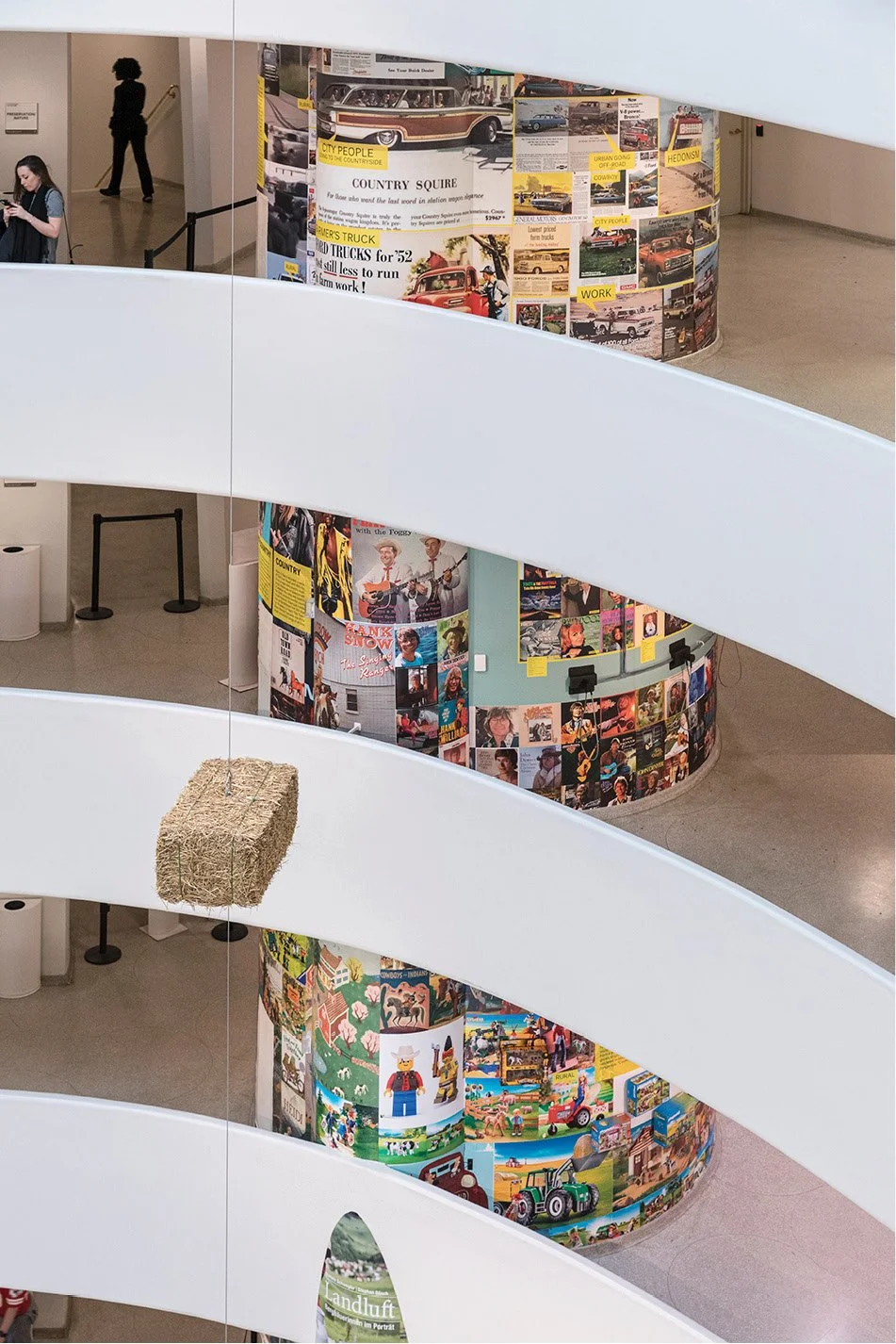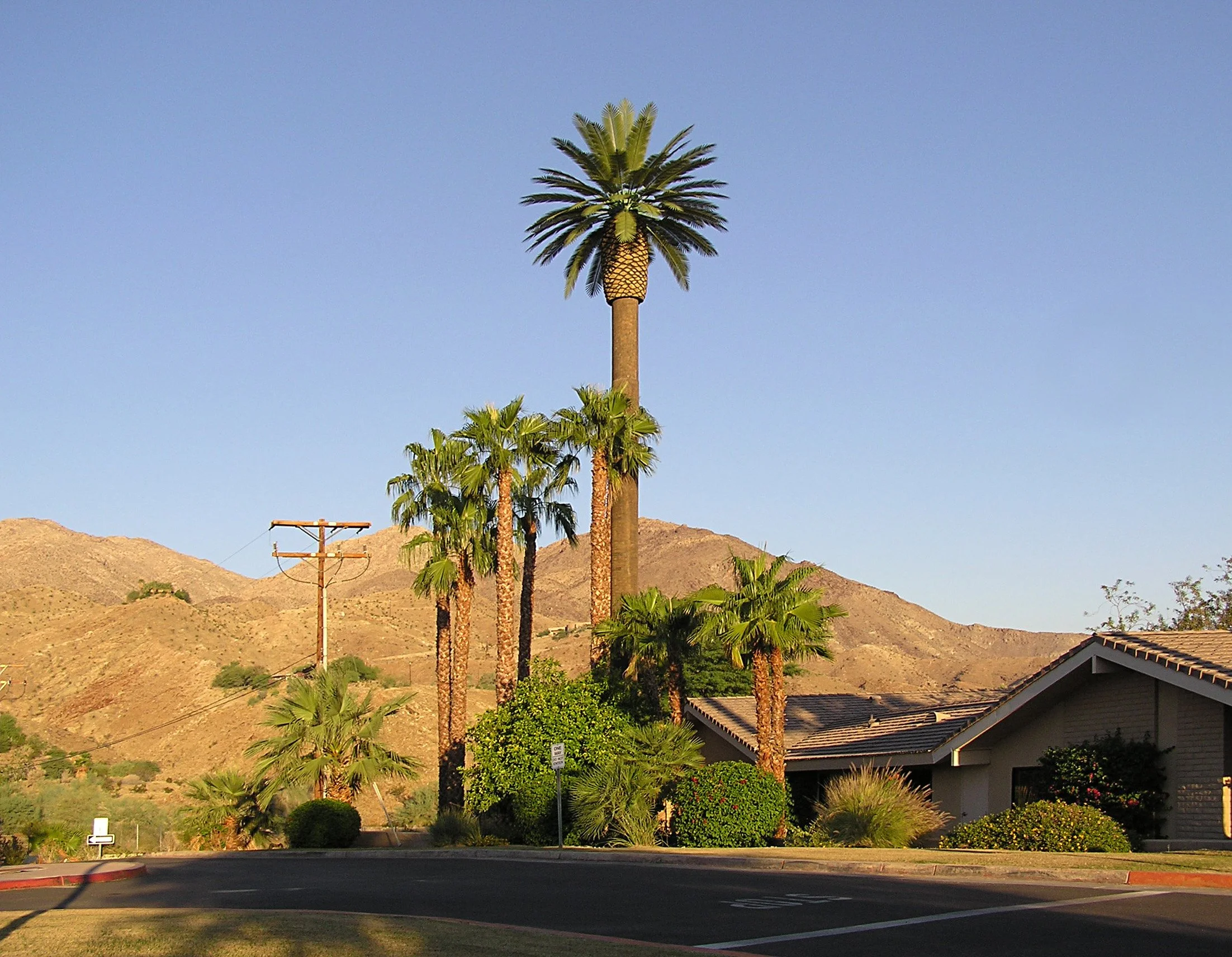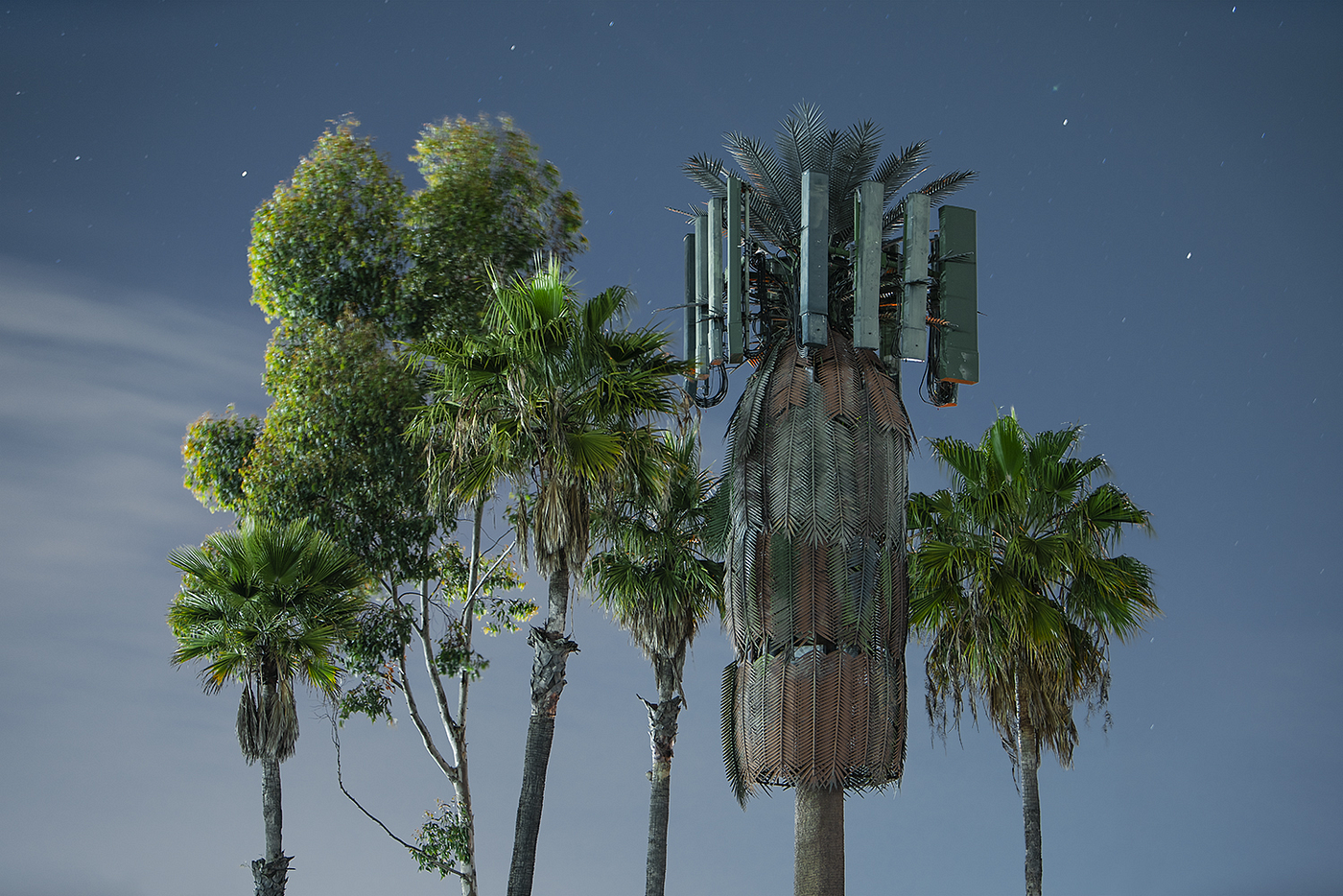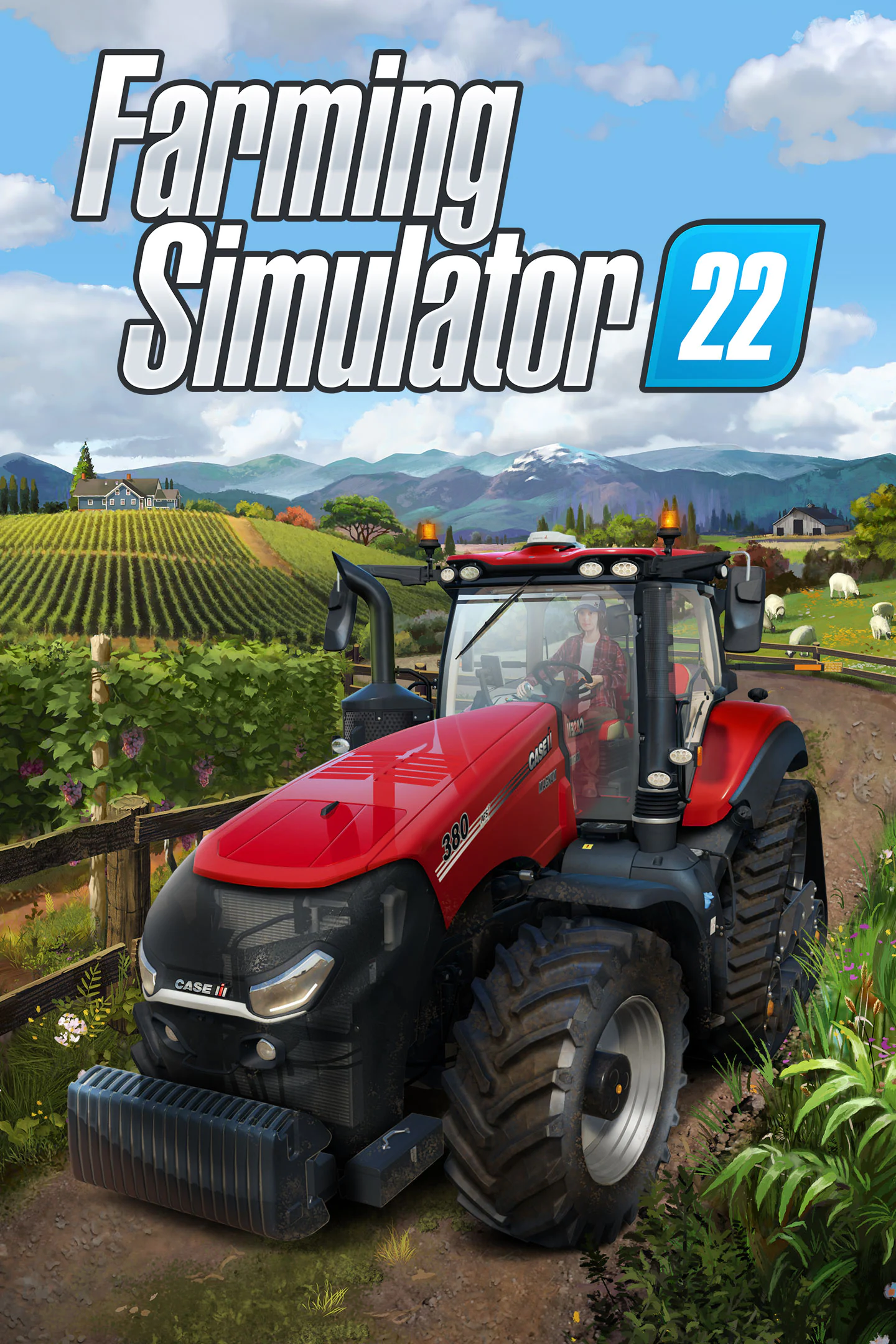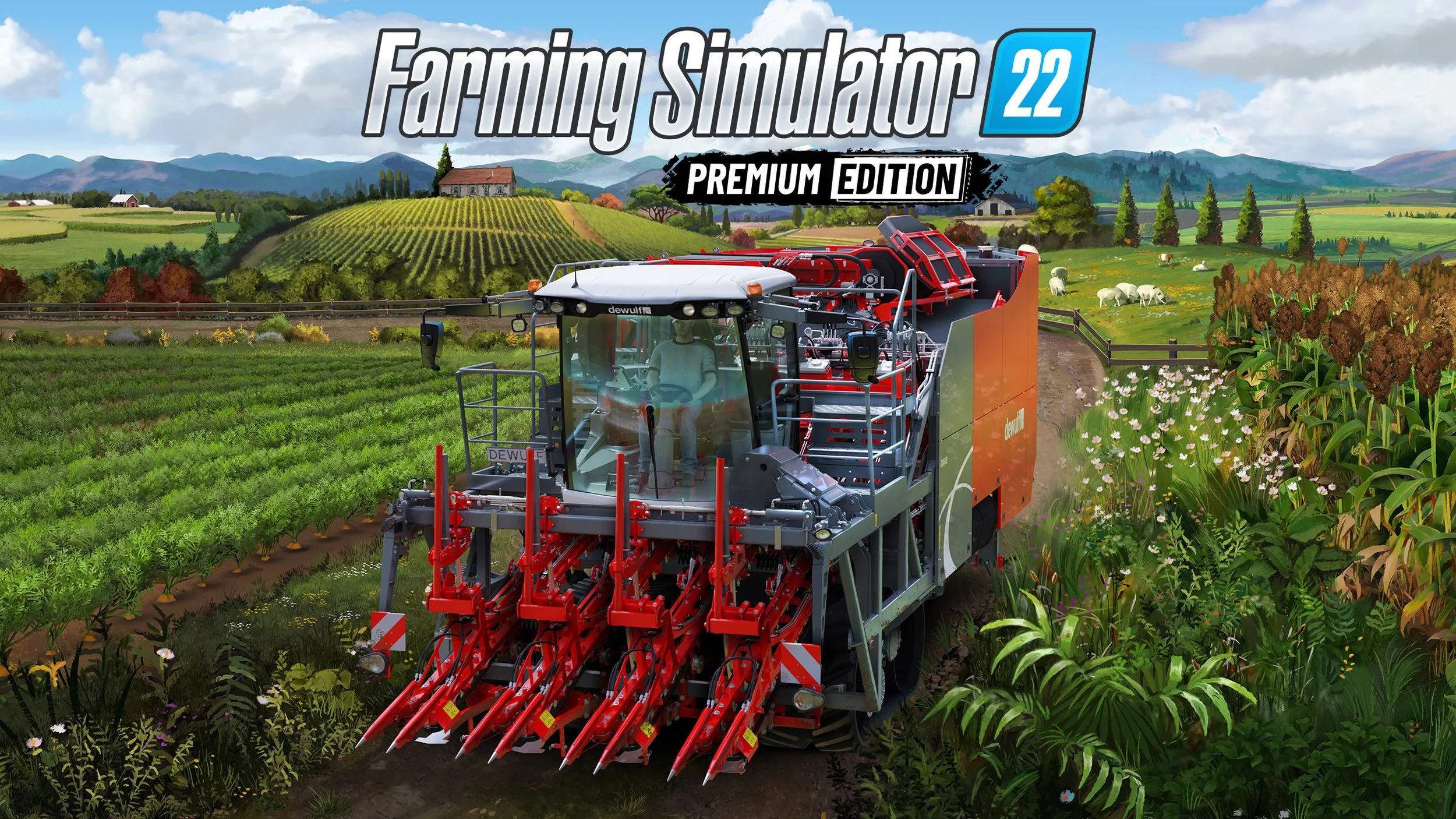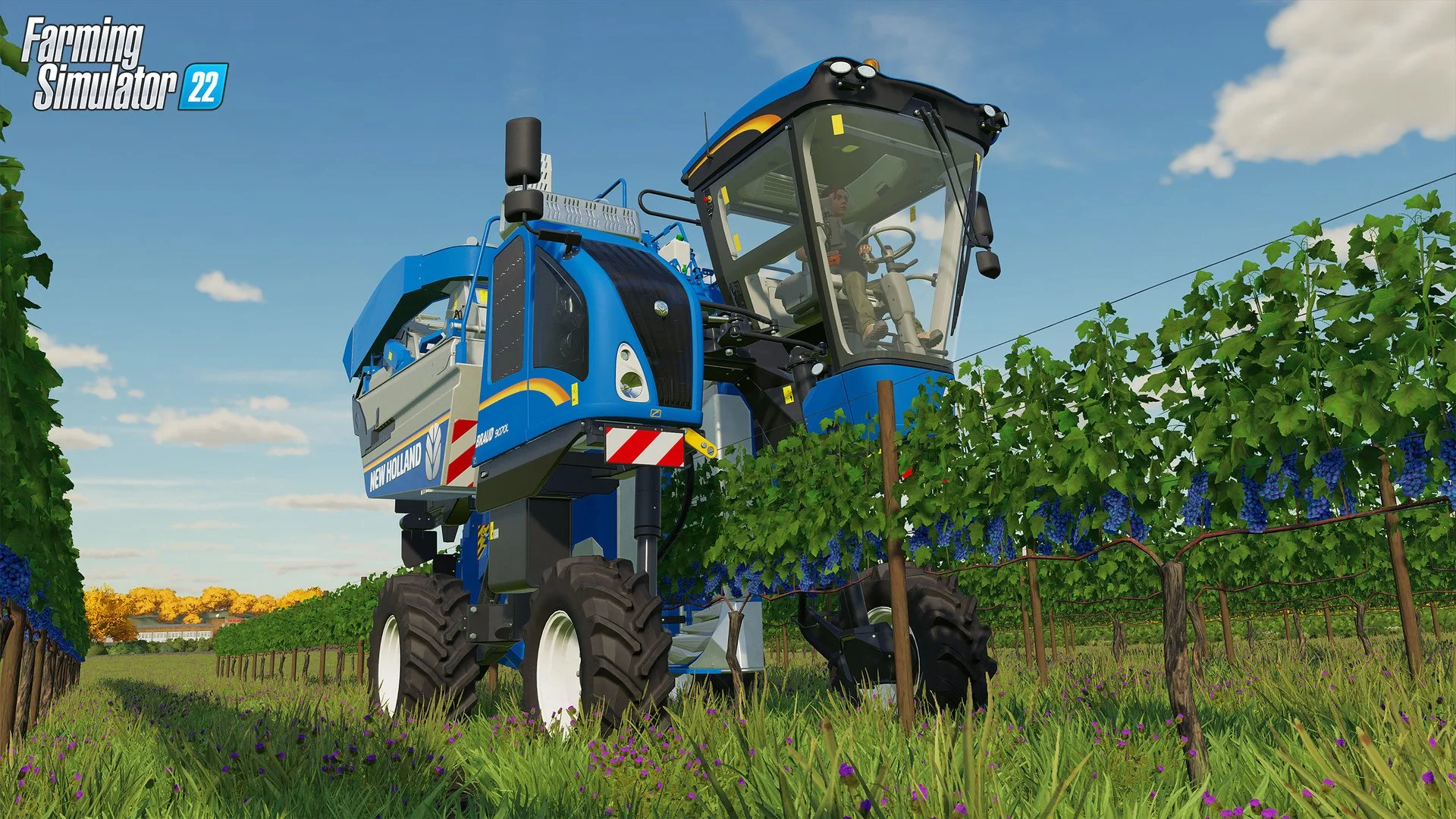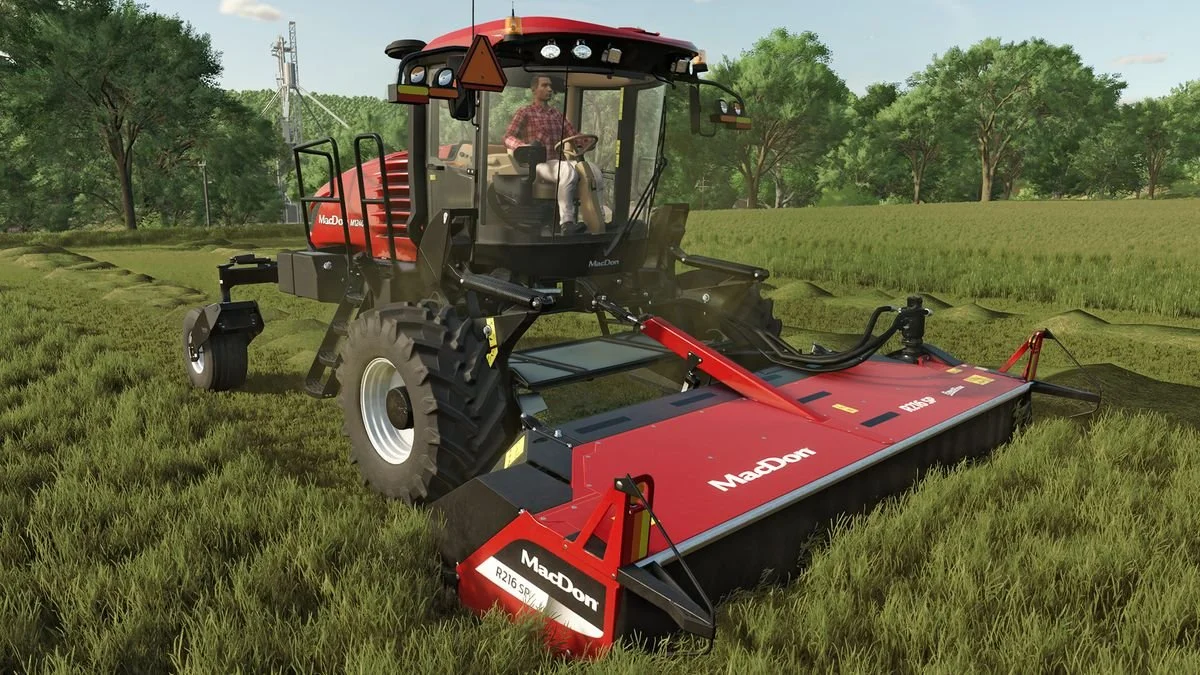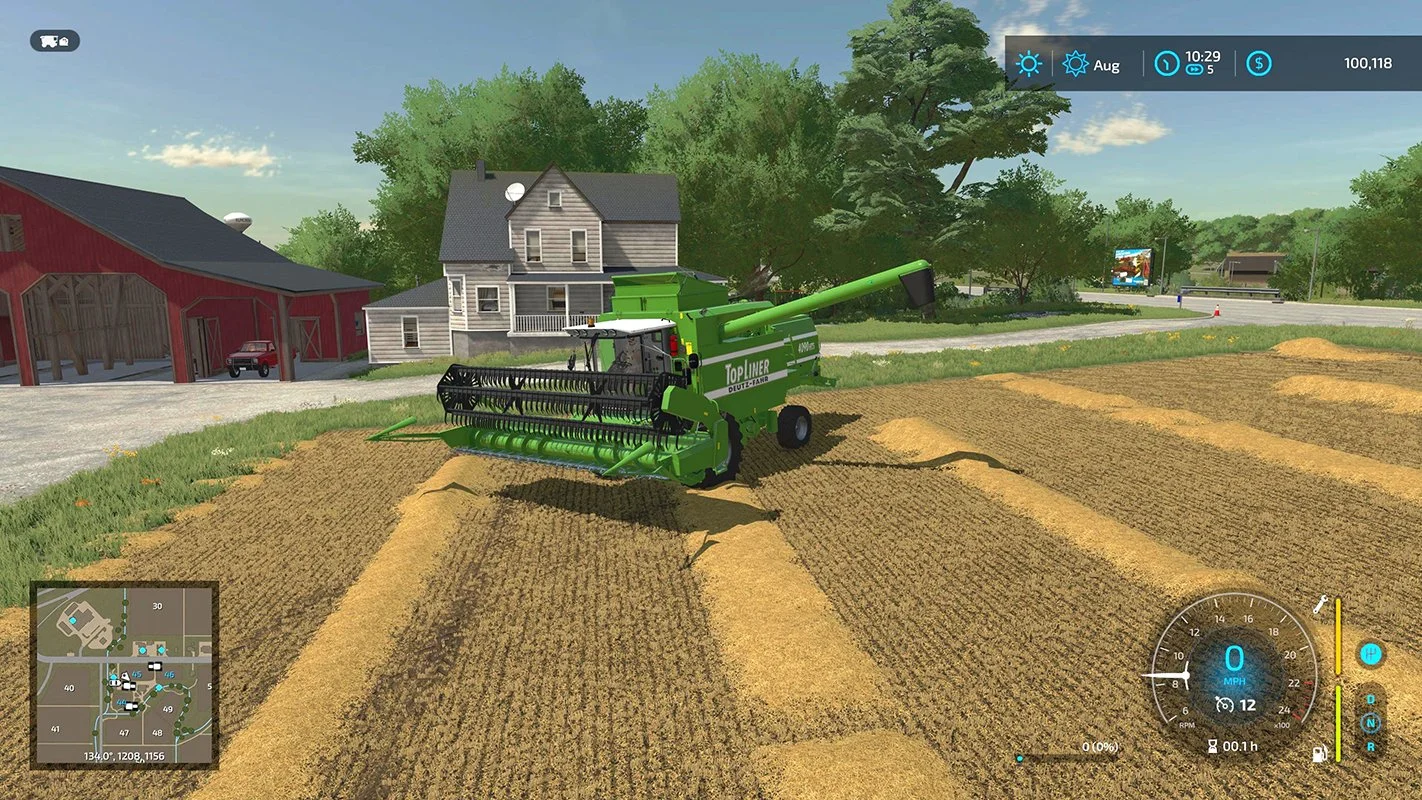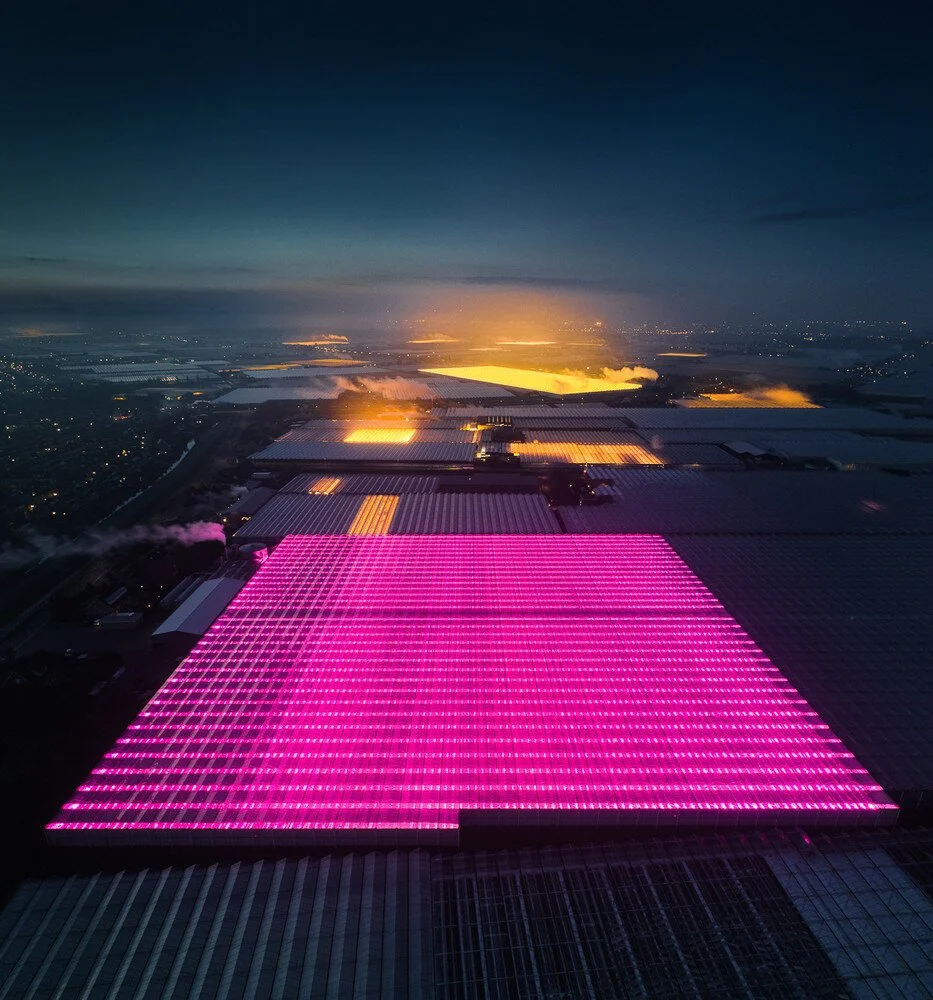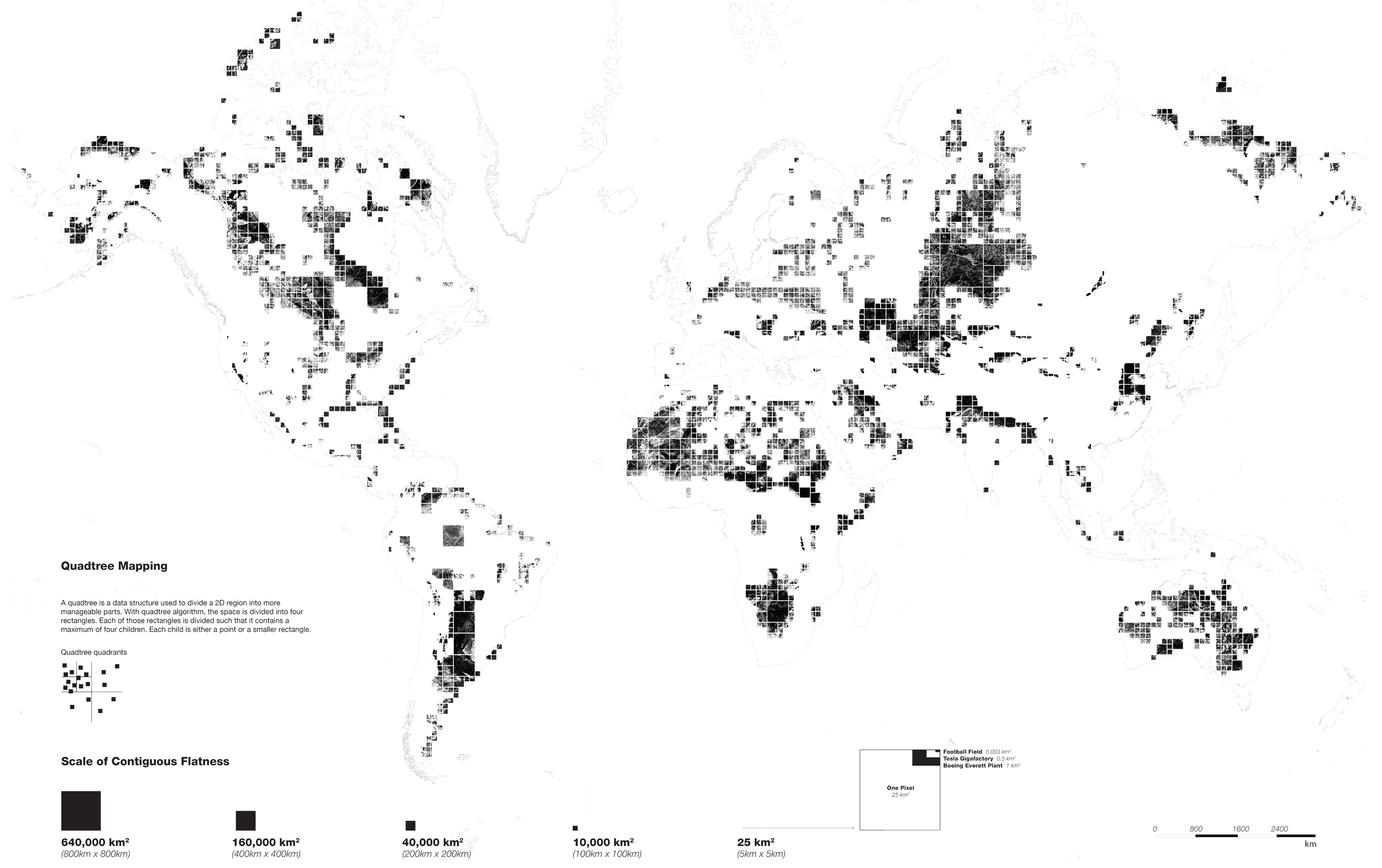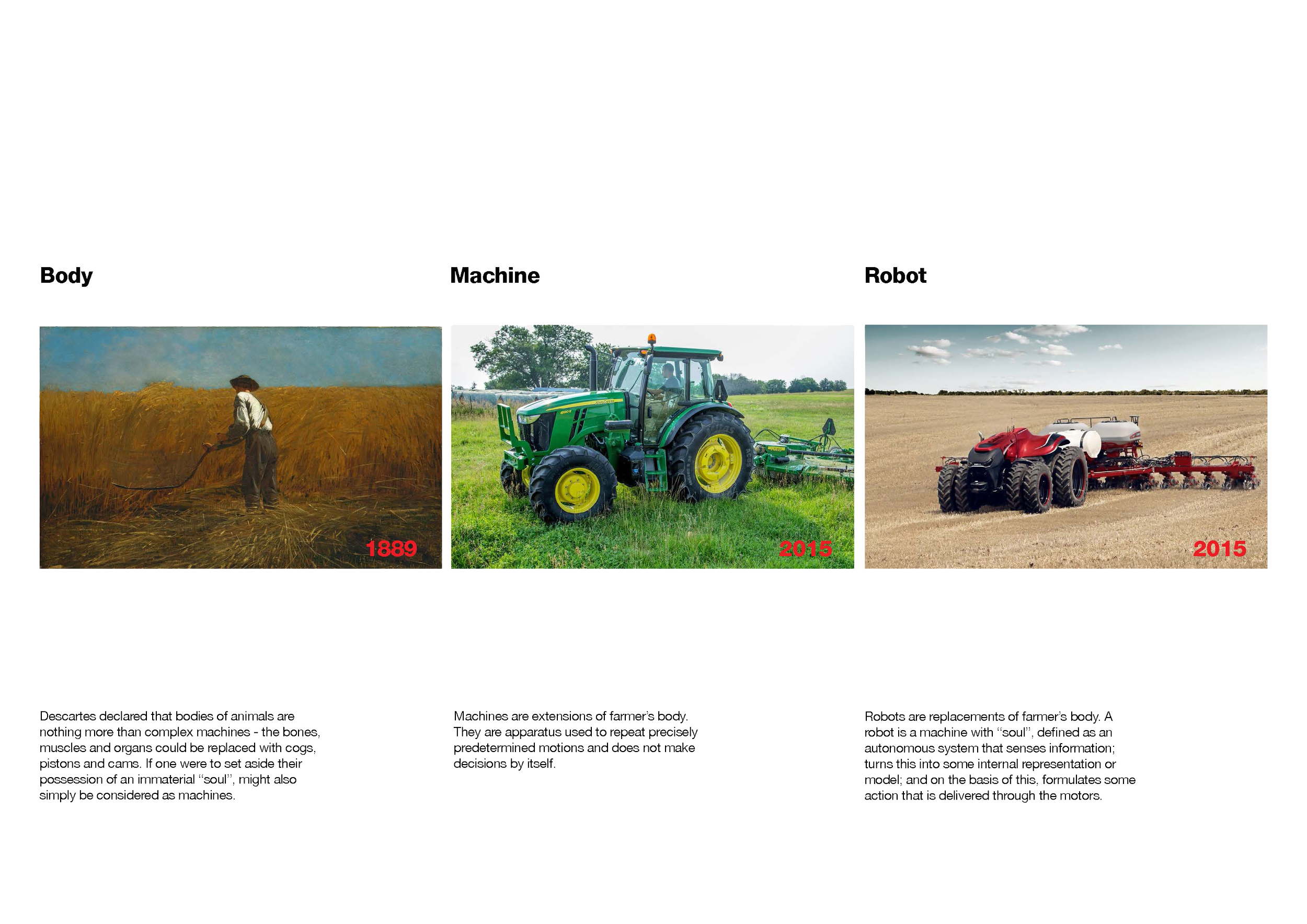COUNTRYSIDE: THE FUTURE
Location: Guggeinheim, NYC
Year: 2020
Service: Exhibition, research
Firm: OMA/AMO/Rem Koolhaas
TAKE ME HOME, COUNTRY ROADS
From the Exhibition at the Guggeinheim, 2020-2021.
“Since its inception, American country music has blended musical traditions, from Irish folk to Blues, with instruments and aesthetics from a variety of cultures and continents. The earliest known banjo, source of that quintessential country twang, originated in Haiti by way of West Africa. The iconic American cowboy, emblazoned on album covers, got his hat and boots from the vaqueros of Mexico. Despite its hybrid origins, country music has mistakenly, and until very recently, been considered a mostly white form of music. A repository of global influences, country music is a global export, popular in Latin America and Africa, India and Europe. Improsoned on Roben Island in apartheid South Africa, Nelson Mandela played “Jolene” for his fellow inmates. In china, we witnessed high-ranking generals shedding tears over covers of “Take Me Home, Country Roads” sung in Mandarin. Has country music become the lingua franca of our time, a global language understood everywhere in the world?”
Iconographies of Country Music Album Covers
The visual languages of the countryside are perhaps nowhere better on display than across the vast quantity of country music album covers produced in the last century. Pulling even from a small sample of covers, representations of country singers and the their associated imagery reinforces particular conceits of the countryside. Tropes like ‘Men in Fields with Hats’ suggest an ethos of independence, self-sufficiency, and a dualistic relationship to a subjugated nature. In ‘Women with Guitars,’ women are styled to appear simple, modest and authentic, yet defiantly empowered by the male-dominated instrument. More recent country music has begun shedding some of its time-worn cowboy aesthetic in favor of a more polished urban look, with acts such as Mike Denver and Keith Urban embracing what had until recently been more street style. And these cliches and symbols seem to travel the world over, embedding themselves in the identities of Chinese farmers, Russian miners and West African villagers. The album cover is a uniquely encapsulated package from which to decode the universal language of the countryside.
LANDSCAPE SIMULACRUM
Dressing Rural Infrastructure
In researching internet infrastructure in the US, I came across these wildly comical attempts to obscure from view our ubiquitous communications system. What is it about the back-of-house of our post-industrial society that we feel the need to hide? How do we decide that a highway or a dam or a bridge, built as engineered, is an acceptable aesthetic on its own but a radio tower needs to be dressed up? And if we do indeed decide that, is there perhaps room for re-thinking their design? Can we embrace these monuments to our technological culture and feature them prominently and proudly in the landscape? If not a landscape simulacrum, what would they look like?
FARMER LARP
Live Action Role Play
This brilliant and bizarre farming simulator almost perfectly encapsulates what farming has become: a game. Agricultural technology has stripped the need for labor on the farm and replaced it with highly productive machines and robots. In a strange twist, Farming simulator replaces the already-replaced labor of humans, offering simulated tractors and tools to replace a simulated productivity goals. Even more strangely, these simulated tractors themselves can be replaced by simulated autonomous machines in a meta feedback loop where simulated versions of labor are continually replaces themselves.
Why do we feel compelled to take the leisurely activity of playing a game and turn it into a job? In a world where the provision of food has become so easy, fetishization of machinery becomes the means by which we romanticize the rural. Is remote farming the new otium of the leisure class?
CARTESIAN COUNTRYSIDE
Expansive Industrial Farming Worldwide
The countryside is changing. Farms are getting larger, and technology is driving the consolidation, which in turn drives overproduction and depressed commodities prices. This has effectively depopulated rural land, rendering it incapable of sustaining a human presence. The pastoralism of the past is past, replaced by an onslaught of hyper-productive, hyper-intensive farming practices that have dramatically reshaped the land and our place within it.
Our project looks at emerging advanced technologies on the farm. From UV-spectrum greenhouses to autonomous robots and vegetable pickers, from drone mapping to precision seeding and irrigation, from autonomatic milking machines to the data centers that process all this new information, we ask what these rural places can become and how they will continue to change as humans start to fully relinquish control.
ROBOTS WON’T EAT YOUR DINNER, BUT THEY MIGHT STEAL YOUR SUNSHINE.
Wageningen
Wageningen, Netherlands -Its not hard to be impressed by the Dutch engineering mind. The country was literally underneath ocean before being systematically drained and inhabited over hundreds of years. These days the same fervor with which the it was engineered into existence is being applied to the food production system, and it will inevitably change the way we grow our food, and how and what we eat.
My studio partner and I check into the university’s front desk at exactly 11:00. We have entered the sterile halls of the world’s foremost agricultural technology research institution to get a sense of how robotics and automation could change the lay of productive landscapes worldwide. Before hearing back from the receptionist, a voice from behind calls our attention to the outstretched hand of a man in a lab coat marching towards us.
“Bert Lotz here, you must be Nick and Joseph!” he says to us.
“You have made it right on time, any later and we would have had to keep our schedules moving along,” he says, chuckling. We are whisked through the security turnstiles, down a hallway and into a brightly-lit fluorescent-tinted room with a small window. Seated at a table are three other lab-coated scientists, waiting with cordial smiles. We introduce ourselves and get down to business. It’s all very efficient.
The economical interaction hints at the nature of the institution we have just entered, and to the country we are in. These scientists are involved in changing the way our planetary civilization grows its food, and efficiency is the name of the game. If the future of food production is low environmental impact, low-cost, high-yield, high value precision agriculture, the future is at least partly in the hands of these and other scientists working out of Wageningen University in the Netherlands. For years researchers here have developed technology that has transformed the Netherlands from a country of average means and productivity into the second-largest exporter of food by value after the United States, an impressive feat given its’ small land mass.
The changes have been at both a policy and market level, but the research here has played an important role. Productivity gains have come from land and resource intensification, with much of the landscape entirely given over to gigantic, climate-controlled greenhouses. These greenhouses tightly regulate water and fertilizer application, modulate sunlight, cycle soil nutrients, reduce environmental variability and in many cases do away with pesticides. An increasing number of these vegetable factories are shutting off the outside altogether, hermetically sealing themselves inside multi-story boxes that power plant growth with UV light, a less damaging part of the light spectrum that is, apparently, all the plant needs to photosynthesize.
Our hosts are eager to tell us too about the good moral standing of their work, about the reductions in the use of resources with automated application, about the ability to feed the world, about freeing up land for other purposes.
“If you can optimize production in certain areas, you don’t need more land taken from nature,”
Bert tells us. By growing plants more with data, interfaces and A.I than water, pesticides and land, these scientists believe the future of farming can be streamlined into a closed loop of inputs and outputs, more efficient than at any other time in human history.
With so much at stake, its not difficult to see why robotics and automation are getting more attention than ever. Robots are the physical manifestation of artificial intelligence, itself the algorithmic result of countless data points. Yet despite the almost childlike enthusiasm of these obsessive scientists, the agricultural robot industry is still very tiny. The rate of change remains relatively slow, and very few prototypes have actually come to market.
According to AgFunder data, robotics start-ups only represented 3% ($109 million) of overall agtech funding in 2016, highlighting its relative insignificance, at this point, within the larger agtech universe.
The Human Element
While most of us can get on board with the environmental and economic benefits of a tech driven agriculture, as in other industries the debate rages as to who benefits, and who gets displaced or replaced. The scientists at Wageningen University and other institutions around the world have spent years developing extremely complex robotic mechanisms to perform tasks that humans perform with ease. WUR’s pepper picking robot, for example, though it can pick a pepper, is still a comically clumsy replacement for the human hand. The robot is ‘a very long ways away’ from commercial viability. The rhetoric of roboticization can ignore the fact that many of these technologies are unlikely to be as efficient as a human labour force, perhaps ever.
They may however, become more economical in the long run. Robotics has gained momentum partly because of immigration policies trending towards tighter borders, and in response to real and anticipated of labour shortages. The sheer lack of available farm labour has been a boon for startup robotics companies who offer a means of insulating against future labour insecurity.
Plans to raise the minimum wage, in places like California up to $15.00 an hour, have also encouraged farmers to look for an alternative workforce to make up for their already razor-thin margins. Robot encroachment onto job markets is almost nil at this point. But projects like the autonomous tractor, which ploughs and harvests grain fields without a driver, Agbot II , which applies pesticides and fertilizer using machine-vision, and Blue River Technology, which plants and harvests heads of lettuce, are part of an ever-growing array of robots that are slowly finding their way onto farms and into the hands of private farmers. Despite the fact that many of these projects are still in prototype phase, Blue River Technology, for one, proves that ag-startups, like others in the tech field, have something that the traditional agriculture giants have a real interest in selling their customers. (see John Deere Is Paying $305 Million for This Silicon Valley Company)
All this said, skepticism about loss of autonomy on farms due to technology is pervasive, and was on full display as my partner and I traveled to Hanover, Germany for the world’s largest tractor fair. Agritecnica is the industry’s gold standard for industrial agriculture equipment, with all the major brands showcasing their latest steel-clad offering to millions of enthusiasts and potential clients. In the last decade the fair has been a launch pad for new farm ‘tech,’ such as drones, self-driving tractors and a plethora of Internet-of-Things sensors, gadgets and widgets.
This year’s stock however seemed much less iPhone release show than Declaration of Human Rights. A.I and automation systems got short shrift compared to the propaganda of ‘your tools under your control’ or ‘extreme comfort.’ Perhaps these indicate a refocusing of the human subject on the farm, despite the fact that the technology exists to essentially eliminate them. Potential customers at Agritecnica do not want to buy themselves out of a job, a phenomenon that manufacturers are well aware of.
The most salient difference here however is that Agritecnica caters to farm and farm-equipment owners. There is no glorifying strawberry pickers or manual cow milkers for ‘working their land’ or ‘knowing their field.’ Instead anxiety abounds over the loss of control of one’s crop or equipment or data, and it is palpable.
Data continues to be one of the most sensitive subjects when it comes to connected tractors and networked sensors. Each company wants to reassure it’s clients that they take data privacy extremely seriously. Farmers tend to have an aversion to releasing information about crop yields, soil health, fertilizer use and other indicators of productivity registered by their machines for fear it could end up in the hands of traders or land brokers who can use it to manipulate commodity markets and farmland values. Others fear large seed and chemical companies could use the information to sell more fertilizer and seeds.
Non-binding agreements have been made between farmers and tech companies to quell some of those anxieties, and open source data coalitions such as Aggateway and the Open Ag Data Alliance have sprouted up to help farmers know how their data can be put to best use, and whose hands it might end up in without the proper protections. But ownership of software and the equipment it enables continues to be a sticking point. John Deere generated lots of public backlash for creating what was essentially a subscription based model of tractor ownership, where circumventing proprietary software to repair the vehicle violated intellectual property laws. Tractor owners felt cheated out of their right to tinker with their own property. The fight spilled over into what is known as the “Right to Repair” movement, which has implicated much of the technology and proprietary software industry. The US Copyright Office has ruled against exempting John Deere from the legal protections of consumers, but the bill must be renewed every two years, and there is no doubt a battle brewing. Some of the assurances to individuals also came from the early confusion of technology itself. As one salesman put it, farmers became bewildered by the avalanche of data that their new devices were collecting, and weren’t sure how to interpret and use it. The promise of huge productivity gains gave way to the realization that tech was only good insofar as one’s ability to use it better than the company that sold it to you.
The new imagery at Agritecnica took a markedly different tone from this bizarre 2012 video of what could very well be a dystopian future for the farmer, whose role has been entirely subsumed by an artificial intelligence of which he is the mere figurehead. All this to say that at Agritecnica, sensitivity to the farmers “rightful” place ruled the day. Advertisements and slogans were there to reassure the customer that he (there were not too many appeals to the other gender) would remain in the drivers seat, that his job would not be threatened by the equipment manufacturers who now control insane market-shares, that his livelihood would not be changed by consolidation.
No-Stop Country
In the US and elsewhere, expensive technology on farms has stratified land ownership, and with it the ability to challenge the largest corporate landholdings. Farms with over $1 million in annual sales, though only 4% of total farms, produce over 70% of the United States’ agricultural output, the largest share since recording began in the 1980’s.
Even though some point to industrial agriculture as a boon for the environment, which is highly debatable, conglomeration has created other types of conditions that make it impossible for people to live in the agricultural heartland of the U.S. The inability of small farms to compete against larger, more technologically advanced ones (which also receive the majority of government subsidies), has effectively drained the countryside of its population, rendering it incapable of sustaining essential services that could actually keep people there. Few hospitals, schools or grocery stores can survive, let alone job opportunities, creating a vicious cycle that leads to further corporate takeover and further depopulation. Agriculture technology has become a tool of consolidation of, and exclusion from, the countryside, rather than the tool of emancipation it might have been.
Much of the ag-tech bullishness has been justified in part by a single FAO stat claiming that agricultural output will need to grow by 70% by 2050 in order to feed the world’s population. From Wageningen University to Agritecnica to the proponents of organic agriculture, quasi-and market-driven technology manufacturers anchor their arguments in this morally indisputable agenda.
Never mind that industrial agriculture was sold to us in the same way, with the same guilt-inducing undertones. And while it is unlikely that we humans will change our consumption patterns in the near future, especially as more of us get richer, it is worth noting that supply side arguments for agriculture expansion tend to neglect the myriad variables that create the logistics of our global food system.
The fact is is that we actually do produce more than enough staple foods, and much of it ends up in storage containers as a means to manipulate markets or simply wasted. Grain surplus is at an all time high, driving prices down to their lowest ever, while a study out of Johns Hopkins University found that wasted food could make up for almost all the nutrient deficiencies in American’s diets. To say nothing of the fact that for the first time in human history more of humanity is likely to be obese than malnourished.
Increased production of food creates its own upward-spiralling pattern of consumption. If it is easier and cheaper to get food, it will be more easily consumed or thrown away. There is no end. We have proven ourselves capable of extraordinary consumption, and it is unlikely to slow down the more we have to consume. It is then perhaps a choice we must make between ensuring the livelihoods of people who live in rural areas and are associated with the farming communities that produce our food, and ensuring the availability of more and cheaper food at their expense, some unimaginable portion of which will inevitably be wasted.
Food of the Future?
At a certain point the conversation hits a lull and Mr. Lotz suggests eating some lunch.
“We are on our lunch break now, so if you don’t mind we will eat. Please take a sandwich for yourselves,” Mr. Lotz implores us. They bring in a large tray of gray looking sandwich buns and jugs of milk. I take one, a stale bun with one slice of processed meat and cheese a piece. In a bowl there are some extraordinarily brownish-green bananas, and off-coloured, shriveled but unripe pears. The scientists each grab a plateful without hesitation.
There is something a bit unsettling about being in a room with the leaders of a food revolution, with those who will inevitably determine what we eat in the future, and seeing what passes for food. It is an impressively underwhelming meal, and reminds me of an anecdote I’ve heard about the very poor diets of farmers in the US agricultural heartland. Maybe the efficiency of the system that we are working towards will produce this, a practical world where sustenance is the endgame, where 9 billion people are fed on banality. And I suppose that would be a good thing, because it would be morally indefensible to do otherwise, for both social and environmental reasons.
But while sealed boxes can be good at making food, they are not necessarily good at making food good. There is a tradeoff when produce is grown in laboratories as opposed to sunshine and non-chemical air. I can’t help but think that all that efficiency can’t buy you taste. The irony is lost on our hosts.
As a species we have an undeniably emotional connection to our food, from where it comes from, from what labour produced it. Perhaps this is why, at this late stage of agricultural development, changes to our food system still instigate such fierce debate about how best we feed ourselves as a global society.
Previous Project
Next Project

